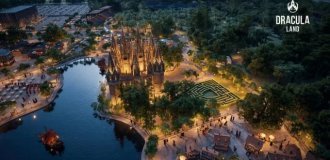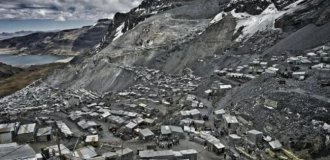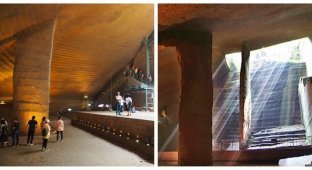Ancient eel traps of Buj Bim (12 photos)
The Gunditjmara, an indigenous people in southwestern Victoria, Australia, have lived in a region west of the Hopkins River covering about 7,000 square kilometres for thousands of years. Their centuries-long presence is particularly evident in the scale of their transformation of the landscape. 
The most significant traces of their culture are the canals, dams, weirs and traps built from volcanic rock to harvest eels, one of their main food sources. This complex system is believed to be the oldest aquaculture system in the world. Archaeologists have determined that it is about 6,600 years old, which makes it older than the Egyptian pyramids. 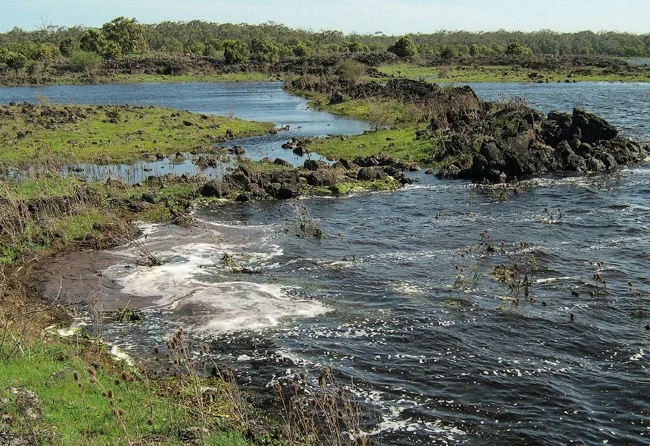
The traps are scattered over an area of 100 square kilometers near Lake Konda. In the center of this area is an extinct volcano called Budj Bim, which means "High Head" in the Gunditjmara language. Europeans renamed it Mount Eccles, but locals still use the original name. 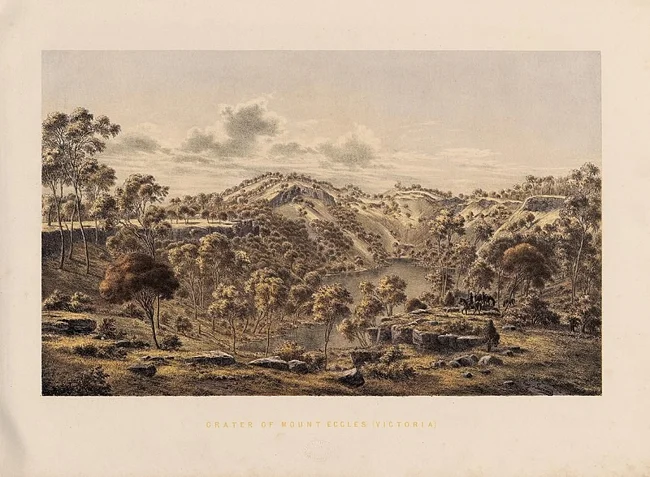
Budj-Bim Crater
This mountain is sacred to the Gunditjmar. They believe that its outlines are the traces of the creator Budj-Bim, who appeared in the form of a volcano. The lava flows that erupted about 30,000 years ago became his blood and teeth, shaping the area. 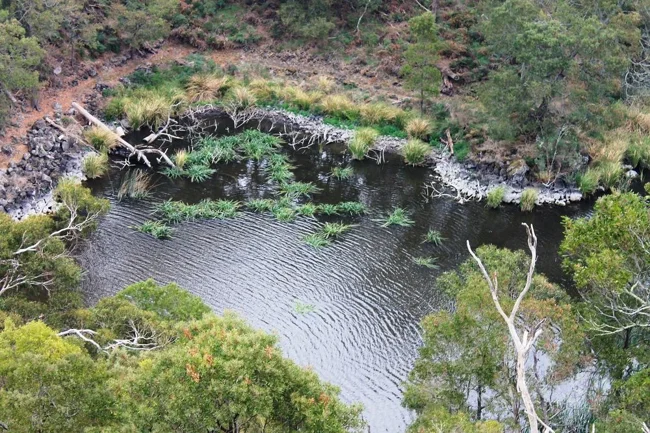
Budj Bim Crater
The eruptions changed the drainage system, creating swamps and ponds. With an abundance of water, eels and fish, nomadic tribes were able to settle down and build stone dwellings. 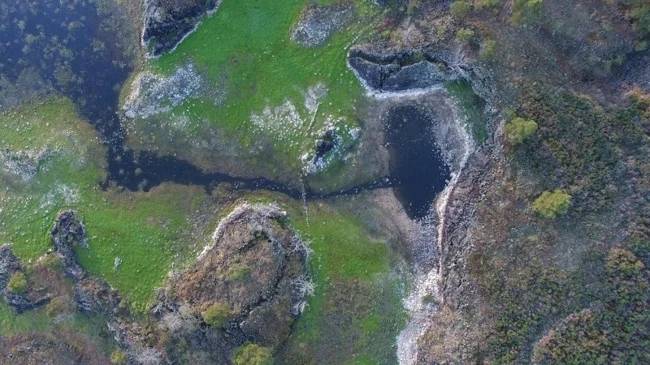
The Gunditjmara dug long channels in the basalt to channel water and young eels from the lake and streams into the lowlands, where they were deposited in artificial ponds. There, the eels were kept fresh until they were consumed. 
Traditional wicker eel trap
The Budj Bima area also contains the ruins of nearly 300 stone houses, the only evidence of permanent settlement by the Australian Aborigines. Bushfires that raged for several months exposed elements of this system previously hidden under vegetation. 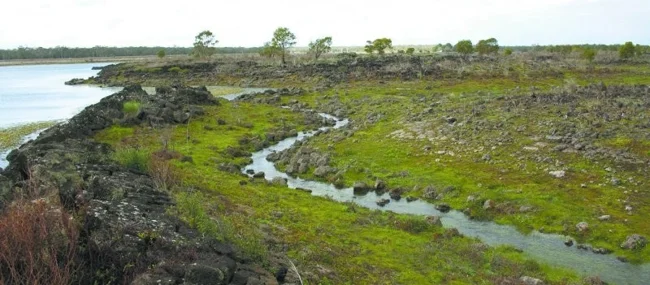
In 2019, the Budj Bim site was inscribed on the UNESCO World Heritage List. 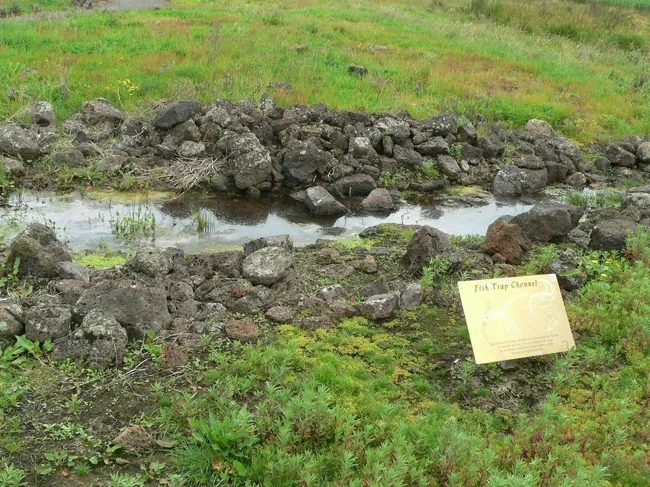
Ancient Canal Fish Trap 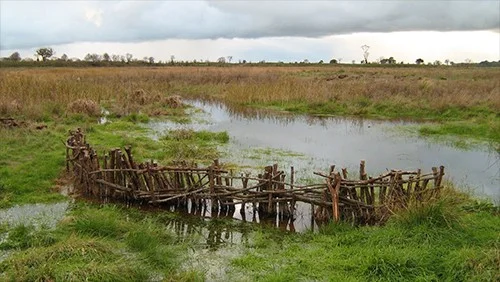
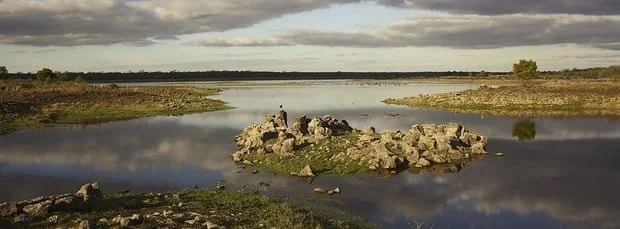
The traps are considered the world's largest example of ancient structures for catching freshwater fish, created hunter-gatherers 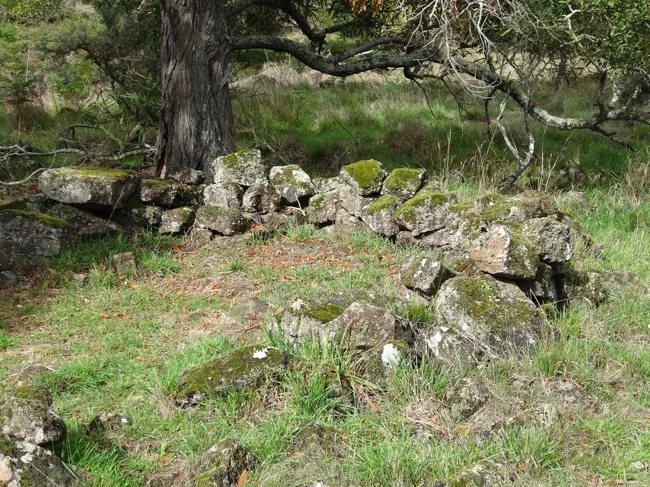
Remains of an Aboriginal stone house 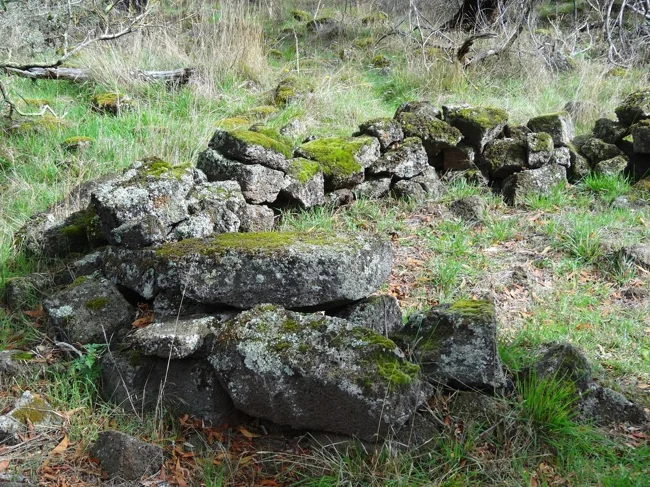
Remains of an Aboriginal stone house

